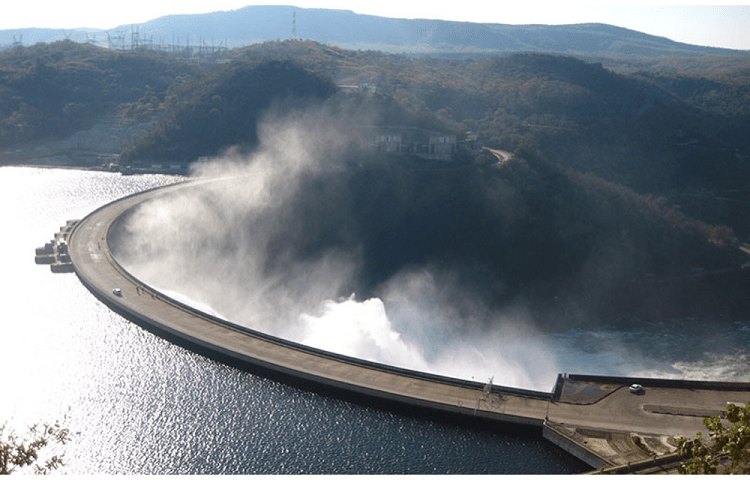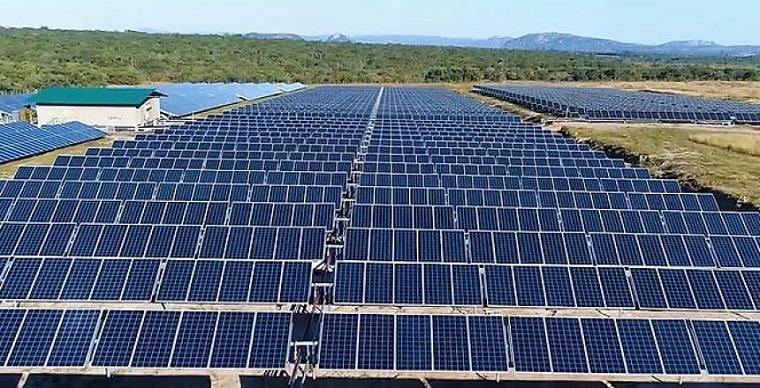
Zimbabwe is facing a chronic power shortage crisis, with frequent power outages lasting up to 17 hours a day in major cities, due to a lack of additional power generation capacity and aging power plants. The country is highly dependent on petroleum and electricity imports, as it lacks hydrocarbon resources and has an inefficient electricity infrastructure. Moreover, most of the population in rural areas lacks access to electricity.
International Institute of Green Finance
In response, the government of Zimbabwe has begun to put investment in new power generation capacity at the centre of its development program. In, 2021 in the run-up to the UN Climate Summit (COP26 ) in Glasgow, Zimbabwe committed to cutting its carbon emissions by 40% by the year 2050, indicating a shift away from coal towards clean energy sources.
In 2020, according to the International Energy Agency (IEA) more than 40% of the country’s power was generated from coal. Poor households in the country’s vast rural areas remain largely dependent on wood for cooking and heating, which puts pressure on Africa’s miombo woodland forests. The 2022 national census found that 60.7% of households in Zimbabwe use firewood for cooking.
Demand for power has long outstripped installed generation capacity, with the country’s power utility, Zimbabwe Electricity Supply Authority (ZESA), covering the deficit through imports from neighbouring countries. Zimbabwe has a total installed power generation capacity of 2.3 GW largely owned by Zimbabwe Power Company (ZPC), with over 50% of electricity generated from hydropower.
According to the Ministry of Finance, only 41% of Zimbabwe’s population of 14.8 million has access to electricity, with the proportion being as low as 20% in rural areas.
Power shortages are a drag on economic growth and threaten the country’s aspiration of becoming a middle-income society by 2030.
However, two decades of Western sanctions, first imposed by the US in 2001, have curtailed Zimbabwe’s access to affordable development aid and concessional loans. In 2022 an assessment of the sanctions by UN special rapporteur Professor Alena Douhan concluded that they had negatively impacted the country’s economy, including its ability to establish new power generation sources.
Given its market-leading role in manufacturing and supplying renewable energy equipment China and its Belt and Road Initiative are increasingly seen as playing a key role in assisting Zimbawe’s transition away from fossil fuels.
China has been the largest source of foreign direct investment for Zimbabwe for the past 3 years, investing $1.3 billion in 2022 alone, and has been a significant player in Zimbabwe’s energy sector. Since China’s withdrawal from Zimbabwe’s Sengwa coal power plant project in 2022, Chinese energy investment has focused on hydropower and solar.
Power China is currently collaborating in developing the Batoka Gorge hydroelectric plant on the Zambezi River between Zimbabwe and Zambia. China Energy Engineering Corp (China Energy) has just proposed building a 1,000-megawatt floating solar farm on Zimbabwe’s Kariba dam.
Chinese State-Owned Enterprises (SOEs) have been actively involved in Zimbabwe’s solar energy market, with several signed agreements totaling at least 350MW of solar energy capacities, although challenges remain in terms of financing and technical considerations such as the impacts of intermittent power on the country’s transmission system.

Meanwhile on 16 June 2023 a delegation from the China Chamber of Commerce for Import and Export of Machinery and Electronic Products (CCCME) visited Zimbabwe to explore investment opportunities in the energy industry. The delegation was made up of executives from construction sectors, engineering value chains, business consultancy, renewable energy experts, mechanical engineers and financial energy investment portfolios. The Permanent Secretary of Zimbabwe’s Ministry of Energy and Power Development, Dr Gloria Magombo, said “Renewable energy is the key centre of focus so we welcome their thrust and allow them to assess the investment features and offer expertise on matters relating to green-field projects and joint ventures.”
Zimbabwe’s energy minister, Zhemu Soda, emphasised hydropower, and on-grid and distributed solar power projects were central to achieving the country’s climate and energy targets.
In July 2022 President Mnangagwa indicated strong support for Zimbabwe’s renewables potential. He argued that experts have estimated that the country can generate “a further 600 MW from solar, with an additional 120 MW coming from small hydropower projects,” he said.
He also pointed to the potential to generate 1,872 MW from wind power, 1,000 MW from biomass, an additional 50 MW from geothermal energy.
Sources:
- https://chinadialogue.net/en/energy/zimbabwe-looks-towards-cleaner-energy/
- https://iigf-china.com/policy-brief-chinese-investments-amid-the-enegy-crises-and-mineral-treasures-in-zimbabwe
- https://www.worldbank.org/en/region/afr/brief/the-kariba-dam-rehabilitation-project-fact-sheet
- https://www.classic263.co.zw/2023/06/16/zimbabwes-energy-sector-charms-visiting-chinese-delegation/